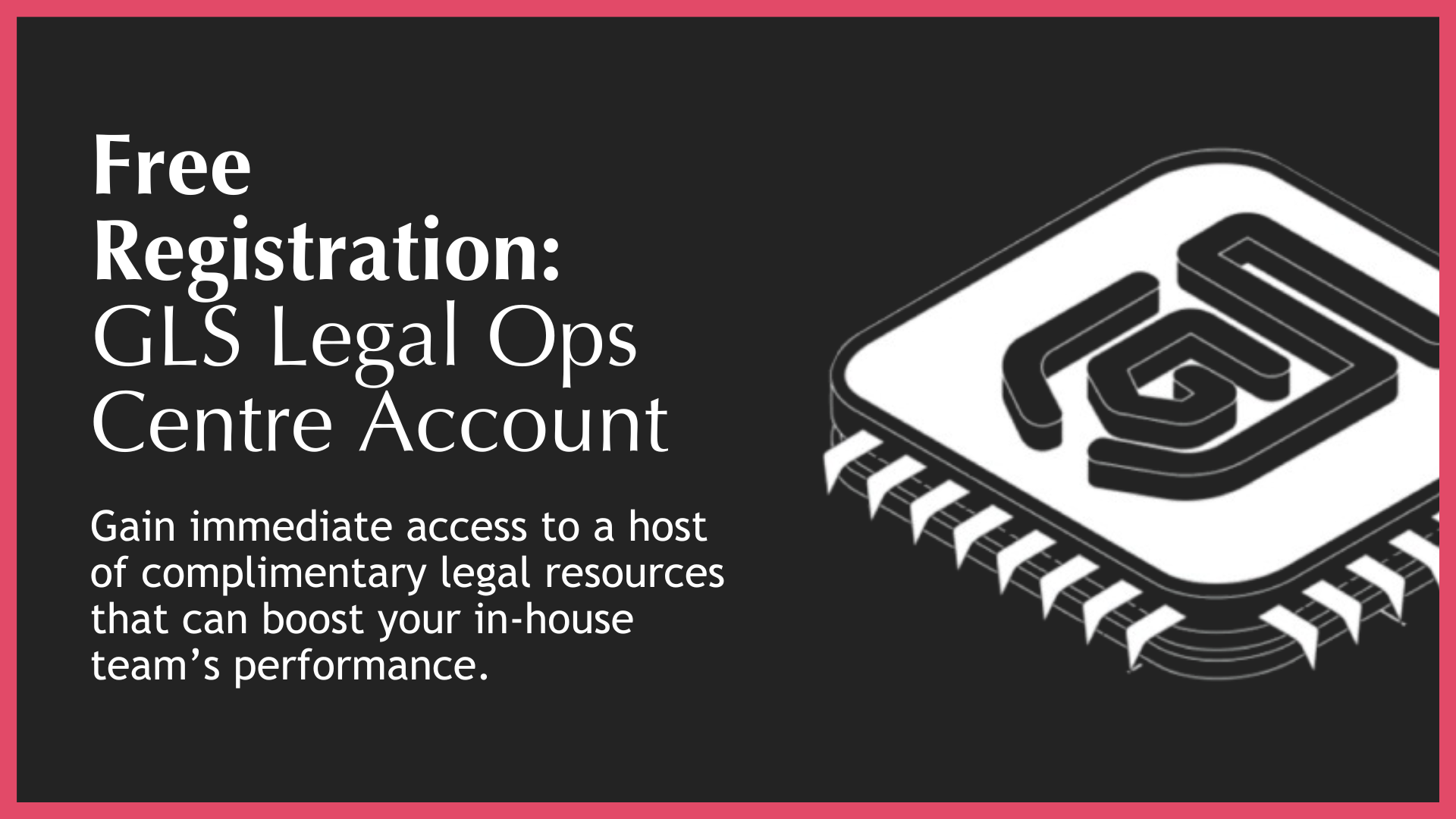The GLS Legal Operations Centre
The ultimate in-house legal department resource stack
Back
Annual IHL Performance Report
What Is It
The Annual IHL Performance Report is a structured, recurring evaluation of the performance of external legal service providers – primarily law firms – engaged by the in-house legal team. It is a critical accountability mechanism that ensures external counsel are not just billing hours, but delivering measurable value to the business.
This station represents a shift in mindset: from passive consumption of legal services to active vendor management. It enables legal teams to assess whether their external providers are aligned with internal priorities, delivering cost-effective outcomes, and contributing to broader business goals. It’s not enough for a law firm to “do the work” – they must show how they’ve done it efficiently, strategically, and with tangible impact.
The report also serves as a vital communication tool. It allows legal teams to demonstrate to internal stakeholders – especially finance and executive leadership – that external legal spend is being managed responsibly and that providers are being held to account. This transparency builds trust, strengthens the legal team’s credibility, and supports future budget requests.
In short, the Annual IHL Performance Report is the legal team’s mechanism for demanding – and proving – value. It’s where law firms are asked to show their receipts.
Scope
The scope of the Annual IHL Performance Report includes:
◼️Comprehensive Provider Evaluation: Annual review of each law firm or external provider engaged by the legal team, covering performance, cost, and strategic alignment.
◼️KPI-Based Assessment: Evaluation against pre-agreed Key Performance Indicators (KPIs), including responsiveness, cost efficiency, innovation, and knowledge transfer.
◼️Provider Self-Assessment: Inclusion of a self-evaluation section where providers reflect on their own performance, challenges, and contributions.
◼️Internal Stakeholder Feedback: Collection of feedback from internal business units that interacted with the provider to validate performance claims.
◼️Renewal & Retention Recommendations: Clear recommendations on whether to renew, renegotiate, or replace the provider based on performance outcomes.
◼️Budget Alignment: Integration with legal budgeting processes to ensure spend is justified and future allocations are informed by performance data.
◼️Strategic Fit Analysis: Assessment of how well the provider’s capabilities and approach align with the legal team’s evolving needs and business priorities.
◼️Performance Communication: Structured reporting format that can be shared with executive leadership to demonstrate legal spend accountability.
Resource Status
In GLS legal ops speak – the Annual IHL Performance Report is considered a “Foundational” resource within the process ecosystem of an in-house legal team.
The Foundational Resource is a CRE that is responsible for determining the overall performance capabilities of a “critical” legal function. If it is not optimised, the function can never be optimised.
Best Practice Features
The best practice features of the Annual IHL Performance Report are as follows:
◼️Standardised Reporting Template: A consistent format used across all providers to ensure comparability and clarity.
◼️Pre-Agreed KPIs: Metrics established at the outset of the engagement to avoid ambiguity and ensure fair evaluation.
◼️Quantitative & Qualitative Metrics: Balanced assessment that includes hard data (e.g., cost savings) and soft insights (e.g., responsiveness, collaboration).
◼️Provider Self-Assessment: Encourages transparency and reflection from the provider, fostering a culture of continuous improvement.
◼️Internal Feedback Loop: Input from business units that interacted with the provider, offering a 360-degree view of performance.
◼️Visual Dashboards: Use of tech platforms to present performance data in a digestible, visual format for internal stakeholders.
◼️Annual Review Meetings: Formal sessions with providers to discuss findings, address gaps, and set expectations for the next cycle.
◼️Integration with Vendor Strategy: Links to preferred provider frameworks and vendor onboarding processes to ensure alignment.
Business Value
The Annual IHL Performance Report delivers the following value to the Business:
◼️Cost Control & Spend Justification: Enables the business to see where legal spend is going and whether it’s delivering value.
◼️Vendor Accountability: Ensures law firms are held to performance standards and incentivised to improve.
◼️Strategic Decision-Making: Informs decisions around provider retention, renegotiation, or replacement.
◼️Transparency & Trust: Builds confidence in the legal team’s management of external resources.
◼️Budget Efficiency: Supports smarter allocation of legal budgets based on actual performance data.
◼️Continuous Improvement: Drives better outcomes year-on-year by identifying and addressing performance gaps.
Legal Department Value
◼️Empowered Vendor Management: Legal teams gain control over external engagements and can drive performance.
◼️Data-Driven Insights: Enables informed decisions based on real metrics, not gut feel.
◼️Improved Internal Credibility: Demonstrates to the business that legal is managing spend responsibly.
◼️Strategic Alignment: Ensures providers are supporting the legal team’s goals, not just delivering generic legal advice.
◼️Operational Efficiency: Reduces waste and improves the ROI of external legal spend.
◼️Enhanced Negotiation Leverage: Performance data strengthens the legal team’s position in fee discussions and renewals.
Who Needs It
The Annual IHL Performance Report is essential for:
◼️General Counsel
◼️Heads of Legal Operations
◼️Legal Team Leads
◼️Procurement and Vendor Management Teams
CFOs seeking legal spend accountability
Productivity Consequences
A legal team operating without an Annual IHL Performance Report will face a wide range of inefficiencies including:
◼️Unjustified Legal Spend: No clear evidence of value delivered by external providers.
◼️Underperforming Vendors: Continued engagement of providers who are not aligned or effective.
◼️Budget Vulnerability: Difficulty defending legal budgets to finance and executive teams.
◼️Fragmented Relationships: Lack of structured feedback leads to misaligned expectations and poor collaboration.
◼️Missed Innovation Opportunities: No mechanism to capture or demand innovation from providers.
◼️Reactive Vendor Management: Decisions made based on anecdote rather than data.
Tech Implication
This station strongly leverages technology. Performance dashboards, e-billing platforms, and vendor management tools are essential to automate data collection, visualise trends, and streamline reporting. AI-powered analytics can identify patterns, predict future performance risks, and support strategic decision-making.
What Next?
The GLS Knowledge Centre has a wealth of resources available for learning more about the importance of a Annual IHL Performance Report and how you can effectively implement one - check out a few on the right.
The GLS Legal Operations Centre contains everything you need to effectively implement your own tailored Annual IHL Performance Report in a cost-effective and timely manner. Check out the resources linked on the right.
Also, feel free to contact GLS to book a consult to discuss your Annual IHL Performance Report needs right here.

The GLS Legal Operations Centre
Register to access your complimentary Day 1 Resource Stack packed with legal team performance resources.

GLS Ultimate Guide To Legal Operations
Download this and read it thoroughly and regularly. It is a wonderful transformation companion.

Book A No-Obligation Consultation
If you would like discuss your legal transformation needs, please book a 30 minute free consultation with us.

GLS Legal Transformation Boot Camp
Our hugely successful, 10-week long, email-based boot camp on how to effectively transform your legal team.




